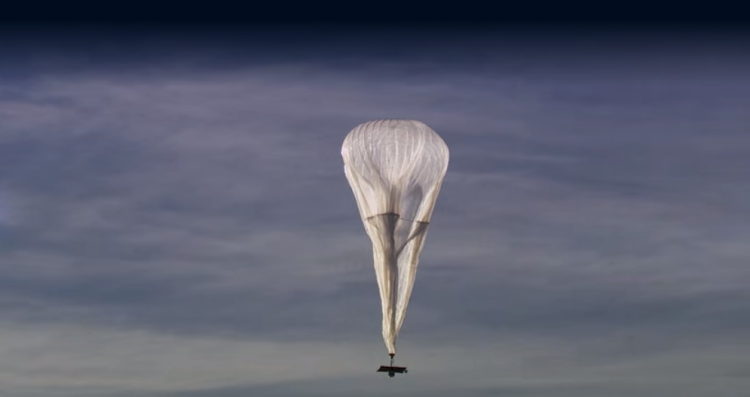Google is quietly testing its “Project Loon” balloons in the skies over Nevada.
Project Loon is the search giant’s somewhat crackpot plan to deliver Internet access to remote parts of the world via high-altitude balloons. Google announced the plan in June, 2013 but has done little visible work since then except publish videos explaining how the plan is actually not so crackpot after all: 15-meter-wide balloons in the stratosphere could stay aloft for 100 days at a time, powering themselves via solar panels and delivering Internet signals to the Earth below at “speeds comparable to 3G.”
Now, according to PC World, the company has begun trials in the Nevada desert. In addition, it filed a request to the Federal Communications Commission (FCC) in September, seeking permission to test its aerial balloons with swathes of radio spectrum usually used for 4G LTE services.
The FCC approved the request in November, PC World reports, giving the company permission to test the system with one ground-based transmitter and one at 65,000 feet, in an area covering a vast part of northern Nevada. The reporter also found public advisories for six high-altitude balloon launches in the area so far this year, most recently on April 7, and talked to a local official who confirmed that Google was testing Loon there.
In related news, Google recently acquired high-altitude drone maker Titan Aerospace to contribute to Project Loon.


